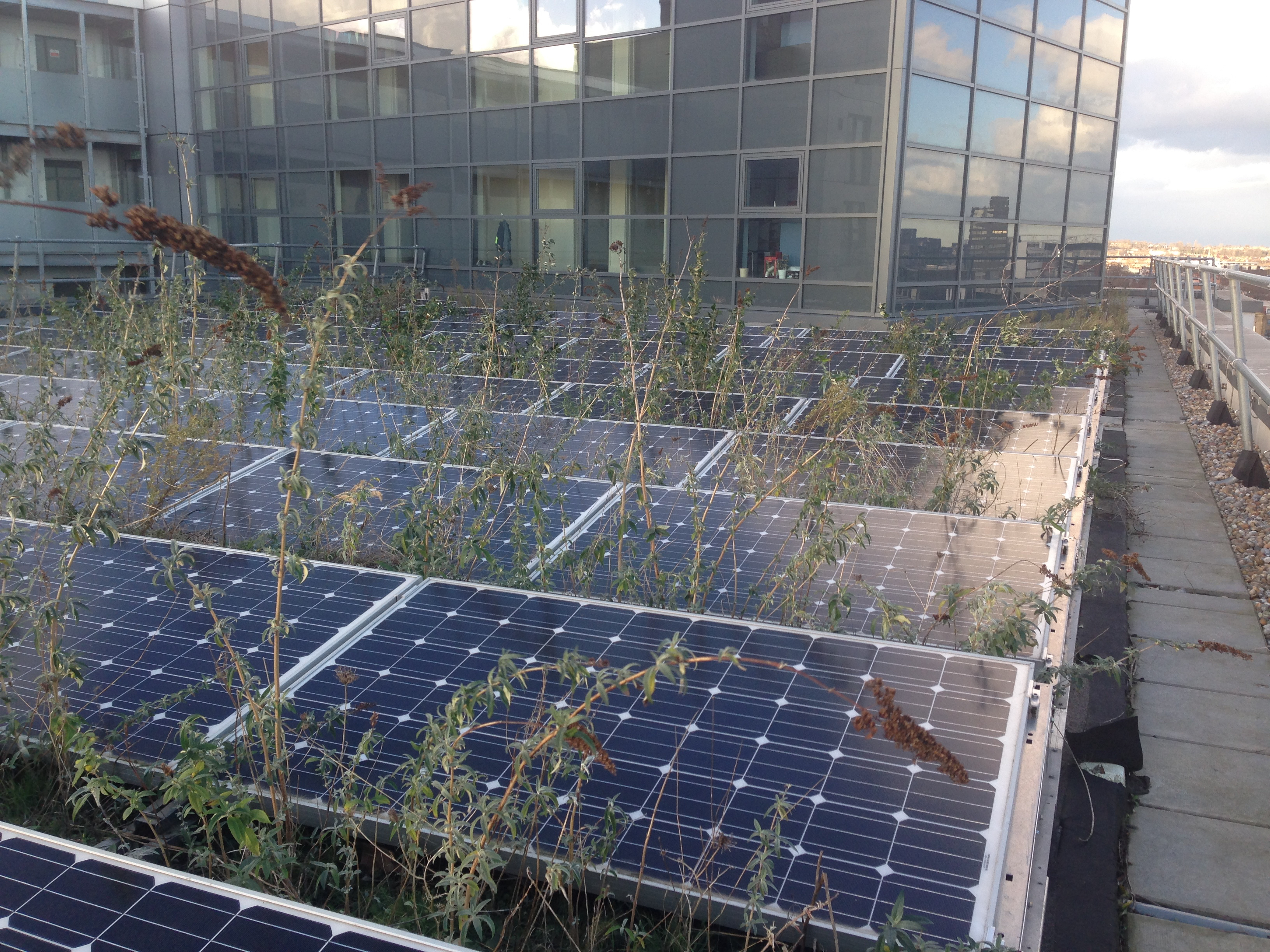A Homeowner'S Trip: A Step-By-Step Guidebook For Transitioning To Solar Power
A Homeowner'S Trip: A Step-By-Step Guidebook For Transitioning To Solar Power
Blog Article
https://www.fastcompany.com/90806146/solar-panel-waste-may-not-be-nearly-as-bad-as-we-once-thought -Bachmann Hauser
If you're taking into consideration going solar, it's vital to come close to the procedure with a clear plan. Start by understanding https://bestresidentialsolarpanel65319.dgbloggers.com/34908097/8-crucial-variables-to-review-prior-to-putting-up-solar-panels-on-your-house and how they might alter in the future. Then, you'll intend to discover the different planetary systems readily available to discover the most effective suitable for your home. When you have an understanding on that, funding your installment comes to be the next vital step. Yet what should you remember as you move forward?
Assessing Your Energy Demands and Goals
Exactly how can you identify the right solar solution for your home? Begin by examining your existing energy usage. Check out your energy costs over the past year to determine patterns in usage.
Next off, consider your goals. Do you intend to lower your power costs, increase power self-reliance, or lessen your carbon footprint?
Once you have actually pinpointed your objectives, think about your home's certain features, like its roof covering dimension and alignment. This'll assist you approximate just how much solar energy you can harness.
Additionally, consider future energy demands, such as potential home expansions or the addition of electric vehicles.
Choosing the Right Solar System
When it concerns choosing the ideal solar system for your home, where do you begin? First, consider your energy requires. Testimonial your past utility bills to establish how much power you take in.
Next, think about the system type that suits your way of living: grid-tied, off-grid, or hybrid. Grid-tied systems are popular for their cost-effectiveness, while off-grid systems supply independence.
After that, assess the solar panel types-- monocrystalline, polycrystalline, or thin-film-- based upon effectiveness and spending plan.
Do not fail to remember to consider your roofing's positioning and shading, as these affect system efficiency.
Lastly, research reliable solar installers in your area, read reviews, and ask for quotes. Picking the best system establishes the structure for your solar journey and future energy cost savings.
Financing Your Solar Installation
While browsing the course to solar power, understanding your funding options is vital for making an educated decision. You've got a couple of options to think about: cash purchases, loans, and leases.
If you can pay upfront, you'll conserve the most over time. Nevertheless, if capital is an issue, solar financings can help spread out the expense over numerous years while still enabling you to take advantage of rewards.
Leasing uses a low in advance expense but may limit your cost savings. Don't forget about offered tax credit histories and discounts that can substantially lower your general expense.
Take time to study and compare different financing choices to find what fits your budget and long-term goals best. Your solar trip begins with clever economic preparation!
Conclusion
By following this step-by-step guide, you're well on your means to going solar and welcoming renewable resource. Begin by examining your energy needs and selecting the appropriate system that fits your way of life. Do not neglect to check out funding choices that make good sense for you. With the ideal planning and continuous maintenance, your solar journey will not just profit your home but also contribute positively to the environment. Get ready to appreciate the cost savings and sustainability that solar energy brings!
